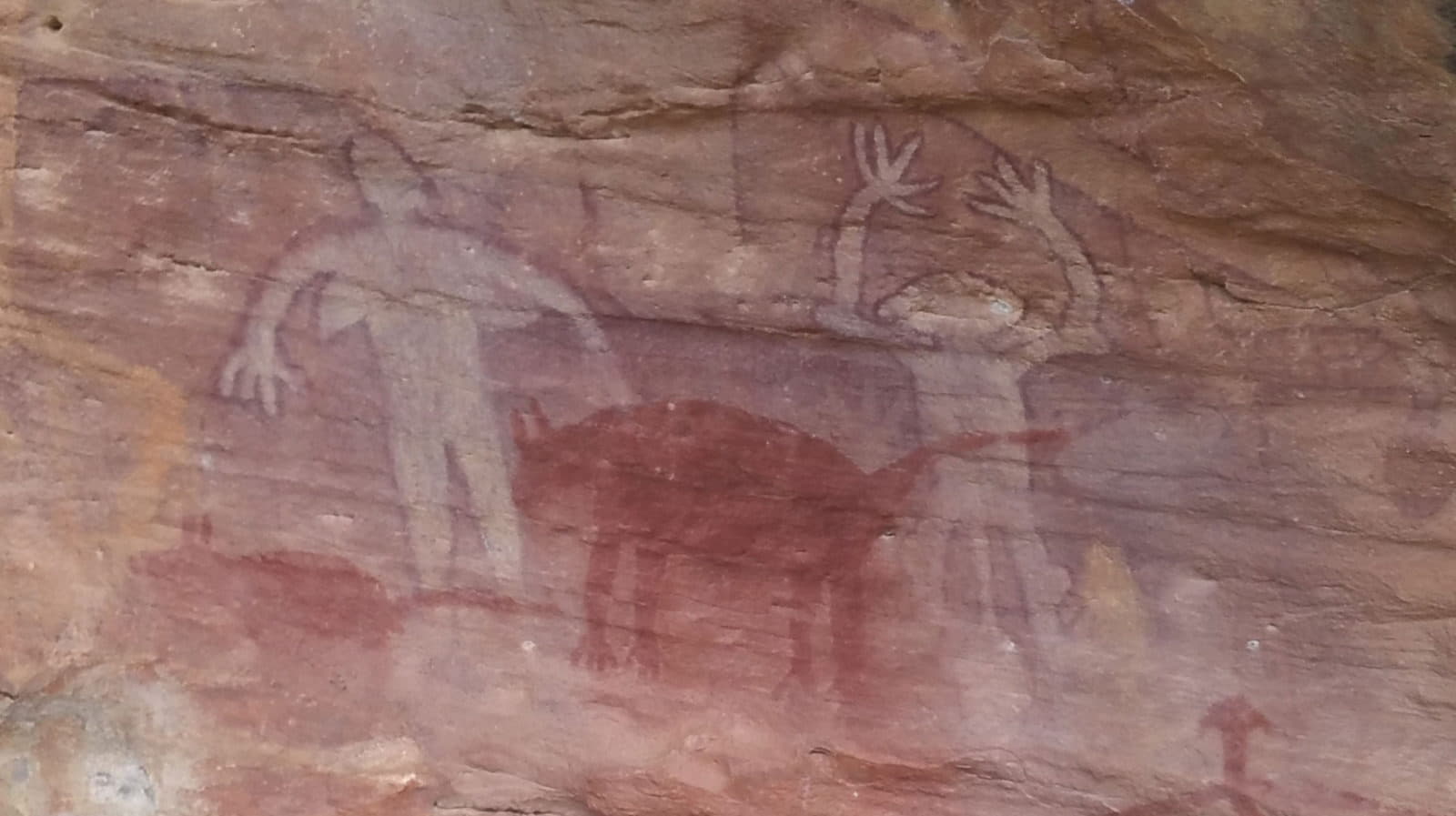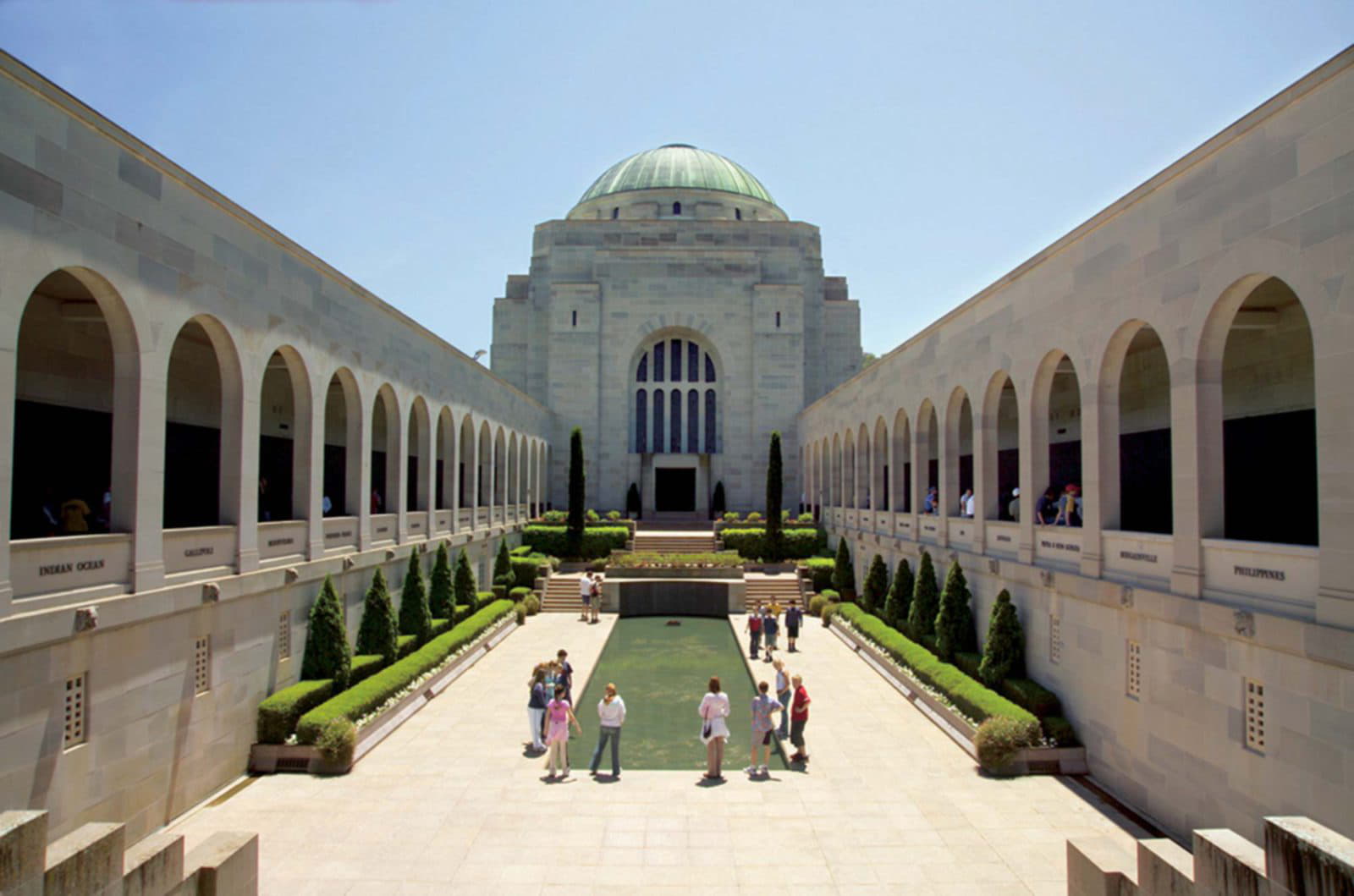The First World War had a devastating impact on Australia. In 1914 the male population of Australia was less than 3 million, yet almost 400 000 of them volunteered to fight in the war. As many as 60 000 died and tens of thousands more were wounded.
Out of this experience was born one of Australia’s most enduring values: the ‘Anzac’ ethos of courage and spirit. Every year on 25 April, Australia commemorates the brave but devastating battle fought by the Australia and New Zealand Army Corps—Anzacs—at Gallipoli, Turkey, in 1915. The day also commemorates all Australian soldiers who have fought in wars since then.
‘In the end ANZAC stood and still stands for reckless valour in a good cause, for enterprise, resourcefulness, fidelity, comradeship and endurance that will never admit defeat.’
—Charles Bean, historian of the First World War
The period between the two world wars was marked by instability. Social and economic divisions widened during the Depression years when many Australian financial institutions failed.
During the Second World War Australian forces made a significant contribution to the Allied victory in Europe and in Asia and the Pacific. The generation that fought in the war and survived came out of the war with a sense of pride in Australia’s capabilities.
Post-war prosperity
After the war Australia entered a boom period. Millions of refugees and migrants arrived in Australia, many of them young people happy to embrace their new lives with energy and vigour. The number of Australians employed in the manufacturing industry had grown steadily since the beginning of the century. Many women who had taken over factory work while men were away at war were able to continue working in peacetime.
The economy developed strongly in the 1950s with major nation-building projects such as the Snowy Mountains Scheme, a hydro-electric power scheme located in Australia’s southern alps. Suburban Australia also prospered. The rate of home ownership rose dramatically from barely 40 per cent in 1947 to more than 70 per cent by 1960.
Other developments included the expansion of the social security net and the arrival of television. Melbourne hosted the Olympic Games of 1956, shining the international spotlight on Australia. (In 2000, the Olympic Games came to Australia a second time, hosted by Sydney.)
A changing society
The 1960s was a period of change for Australia. The ethnic diversity produced by post-war immigration, the decline of the United Kingdom and the Vietnam War (to which Australia sent troops) all contributed to an atmosphere of political, economic and social change.
In 1967 the Australian people voted overwhelmingly in a national referendum to give the federal government the power to pass legislation on behalf of Indigenous Australians and to include Indigenous Australians in future censuses. The referendum result was the culmination of a strong campaign by both Indigenous and non-Indigenous Australians. It was widely seen as a strong affirmation of the Australian people’s wish to see its government take direct action to improve the living conditions of Aboriginal and Torres Strait Islander peoples.
The long post-war domination of national politics by the coalition of the Liberal and Country (now National) parties ended in 1972, when the Australian Labor Party was elected. The next three years saw major changes in Australia’s social and economic policy agenda and a heavy legislative program of reforms in health, education, foreign affairs, social security and industrial relations. However, in 1975 a constitutional crisis resulted in Labor Prime Minister Gough Whitlam being dismissed by the then Governor-General. In the subsequent general election the Labor Party suffered a major defeat and the Liberal–National Coalition ruled until 1983, when Labor again won office.
The Hawke-Keating Labor governments were in office from 1983 till 1996. They introduced a number of economic reforms, such as deregulating the banking system and floating the Australian dollar. In 1996 a Coalition Government led by John Howard won the general election and was re-elected in 1998, 2001 and 2004. The Liberal-National Coalition Government enacted several reforms, including changes in the taxation and industrial relations systems.
In 2007 Mr Kevin Rudd led the Australian Labor Party to government with policies designed to build a modern Australia equipped to meet the challenges of the future – including tackling climate change, reforming Australia’s health and hospital system, investing in education and skills training and reforming Australia’s workplace laws.
Today Australia is one of the most cosmopolitan and dynamic societies in the world. Over 200 languages are spoken, with English the common language. The nation has thriving ethnic media, an international business reputation, an innovative artistic community, diverse religious and cultural activities and variety in foods, restaurants, fashion and architecture.

